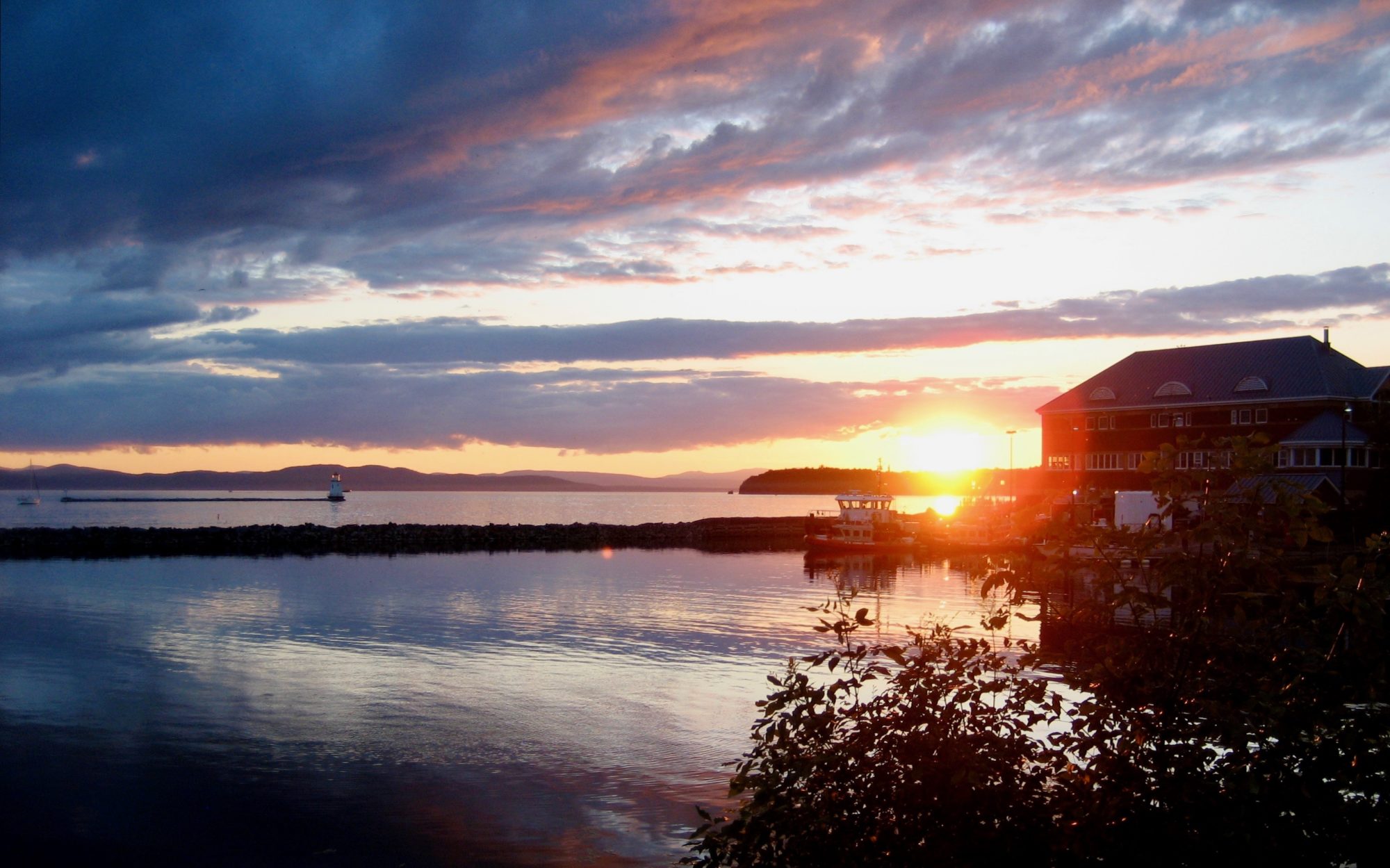Well, we are back from our day off and are starting up with Search and Rescue. We have Jeff Wadley presenting today and are going to “skim the surface” of this topic. Also just found out that our first night scenario is next Monday. Gotta start hitting the trails and make sure we know the area to keep the night a bit shorter.
As to Days 5 & 6, they were days full of multiple and varied experiences as are becoming common here at the WMS Elective. Each and every experience has broadened my perspective on Wilderness Medicine. Not all have been as glamorous and exciting as my posted highlights, but all have served to increase my appreciation for the wilderness.
Thursday was a first for the WMS Elective in terms of education. We spent the morning at the Heritage Museum  here in Townsend, TN. In the morning we had the privilege to hear about the discovery of equipment from an old iron mill. It was in a river and was only discovered after an earthen dam failed and all the silt was washed away. A former park ranger was hiking up the river when he noticed a “square rock” after noting, “God doesn’t make stones that way.” Dwight McCarter was the presenter with a classic East Tennessee story telling style. As for the story, it wasn’t the point of our visit but the cultural aspect and how it relates to wilderness medicine.
here in Townsend, TN. In the morning we had the privilege to hear about the discovery of equipment from an old iron mill. It was in a river and was only discovered after an earthen dam failed and all the silt was washed away. A former park ranger was hiking up the river when he noticed a “square rock” after noting, “God doesn’t make stones that way.” Dwight McCarter was the presenter with a classic East Tennessee story telling style. As for the story, it wasn’t the point of our visit but the cultural aspect and how it relates to wilderness medicine.
After the presentation a tour of the museum was in order. It turns out that the federal government decided to expand the road outside the museum. While one of the bulldozer operators was working to prepare the roadbed, he noticed some bones. The bones turned out to be from an old Cherokee settlement. The University of Tennessee excavated the area and the Heritage museum was created as an agreement with the Cherokee to allow the road construction.
About ½ of the museum presented the history of the Cherokee in the area. I learned several interested bits of information about the Cherokee, their social structure and a little about the medicine. The other half of the museum presented the history of Cades Cove through buildings, equipment and vehicles moved to the area.  One of the more unique stories we told was the story of a moonshine operation lasting for > 80 years without detection. It lasted through prohibition all the way to the donation of the 500-gallon still to the museum.
One of the more unique stories we told was the story of a moonshine operation lasting for > 80 years without detection. It lasted through prohibition all the way to the donation of the 500-gallon still to the museum.
As part of the presentation, some of us stayed behind to try throwing an Atlatl (pronounced at•lat•tel). It was a very surprising and neat experience to try throwing it. Easier then I expected but still challenging as evidenced by the videos and pictures.
The remainder of our day (after dinner) consisted of a series of infectious disease lectures by Dr. Mark Rasnake from UT Medical Center.







